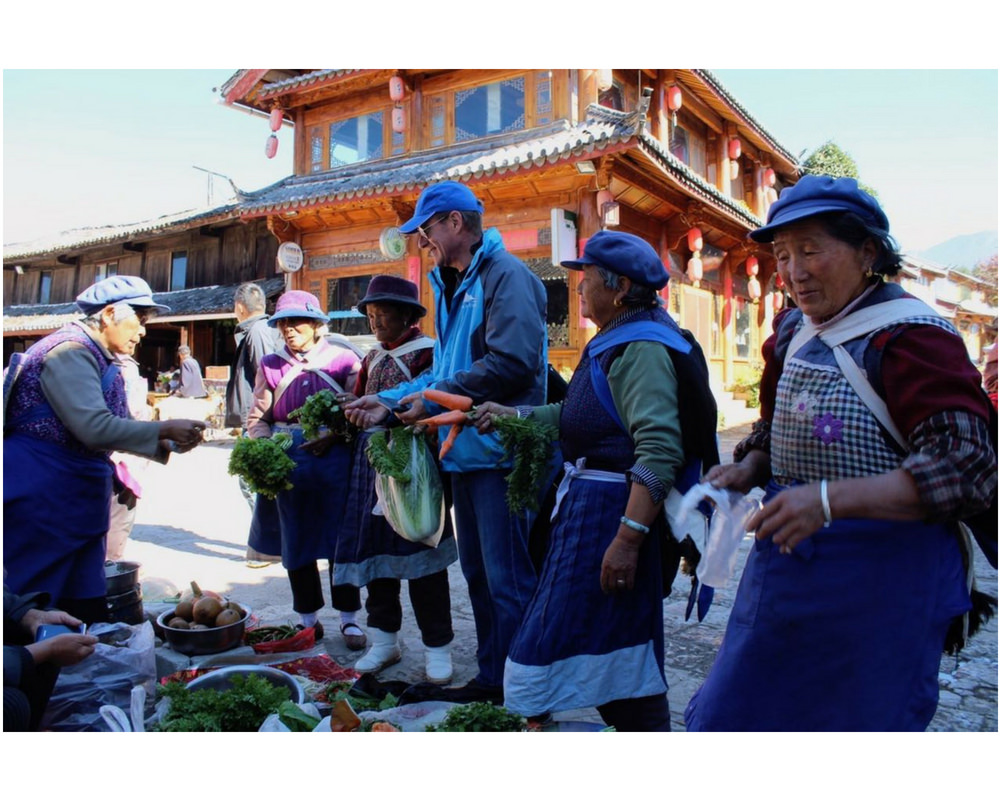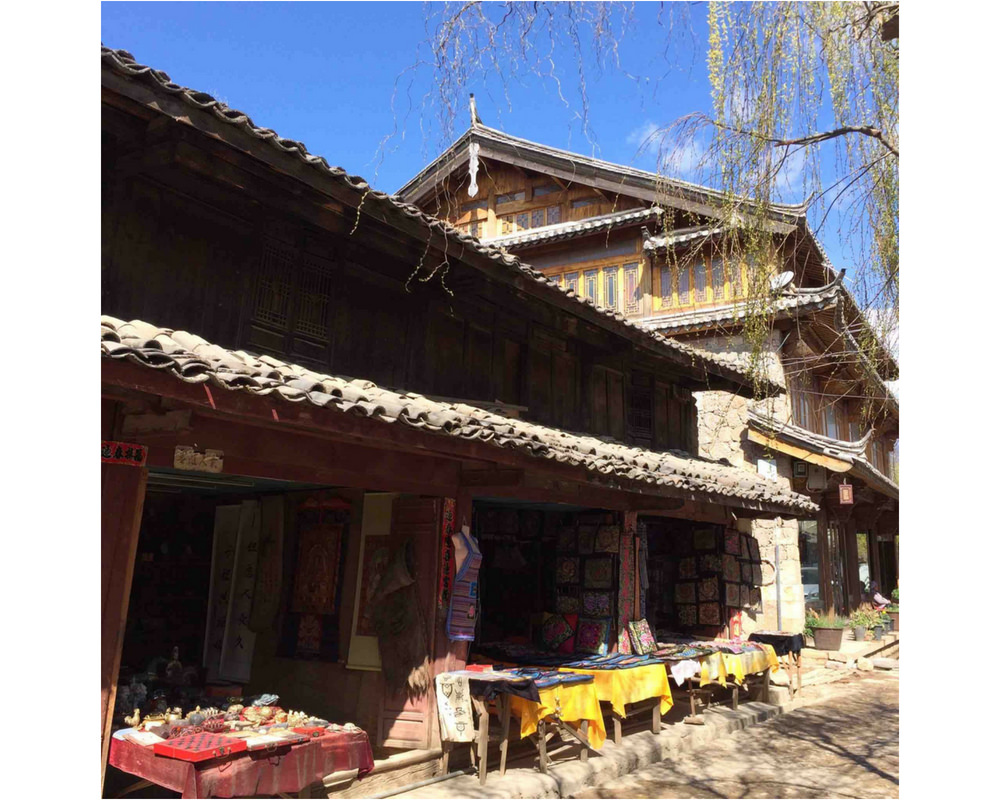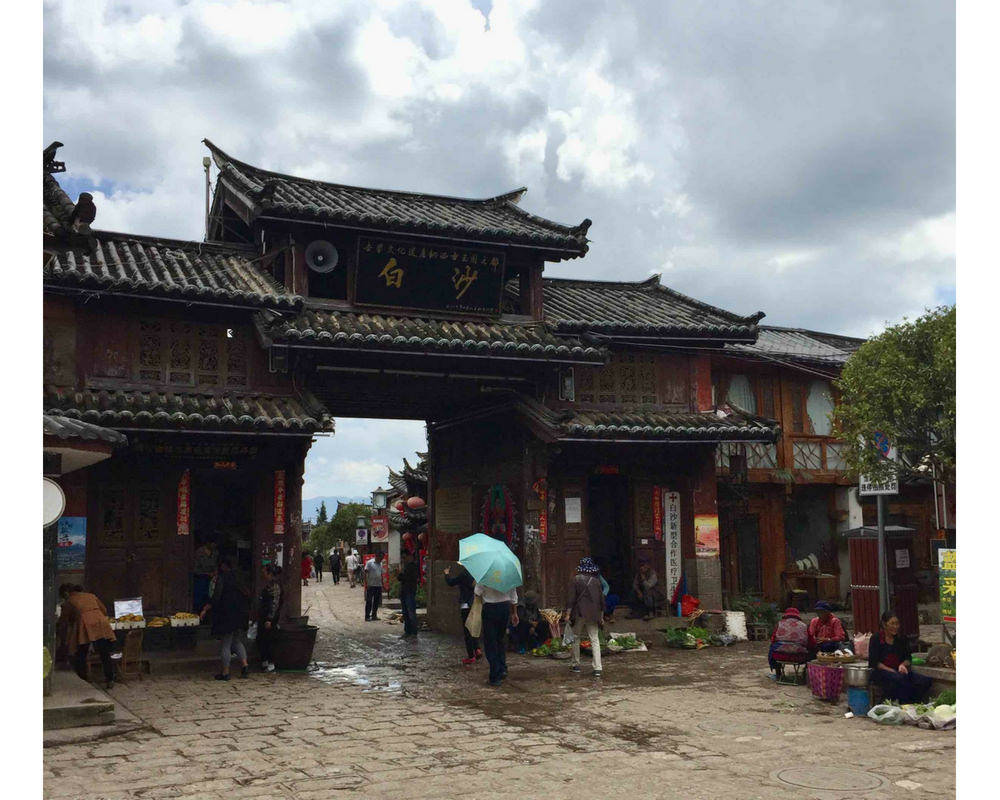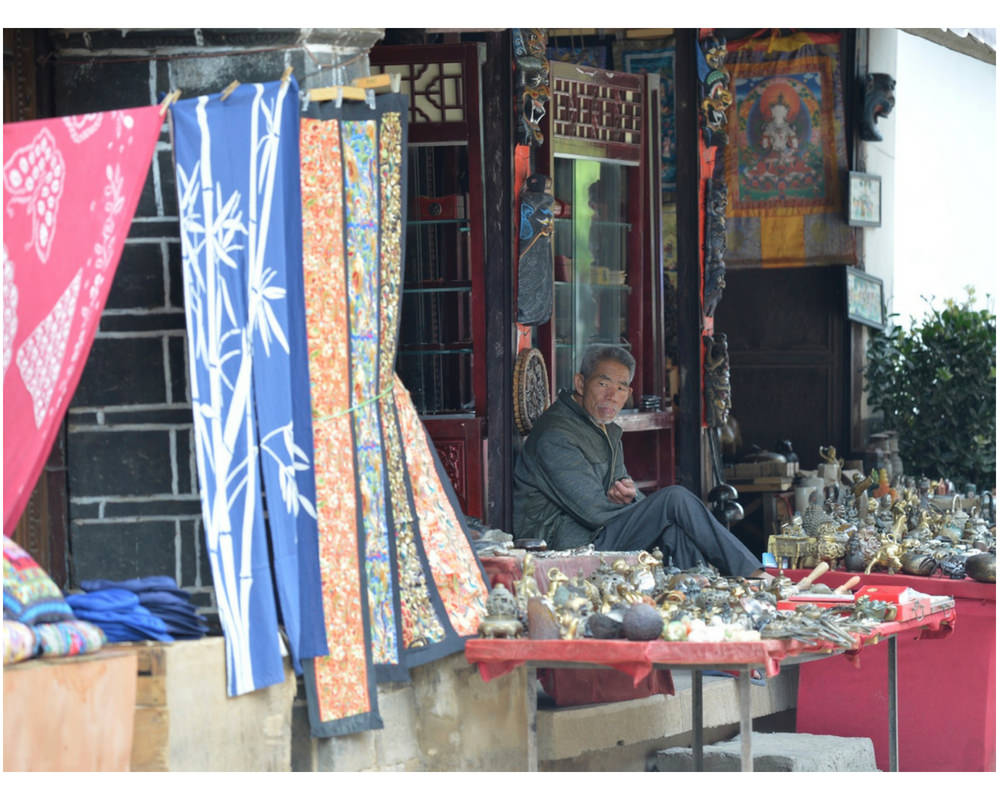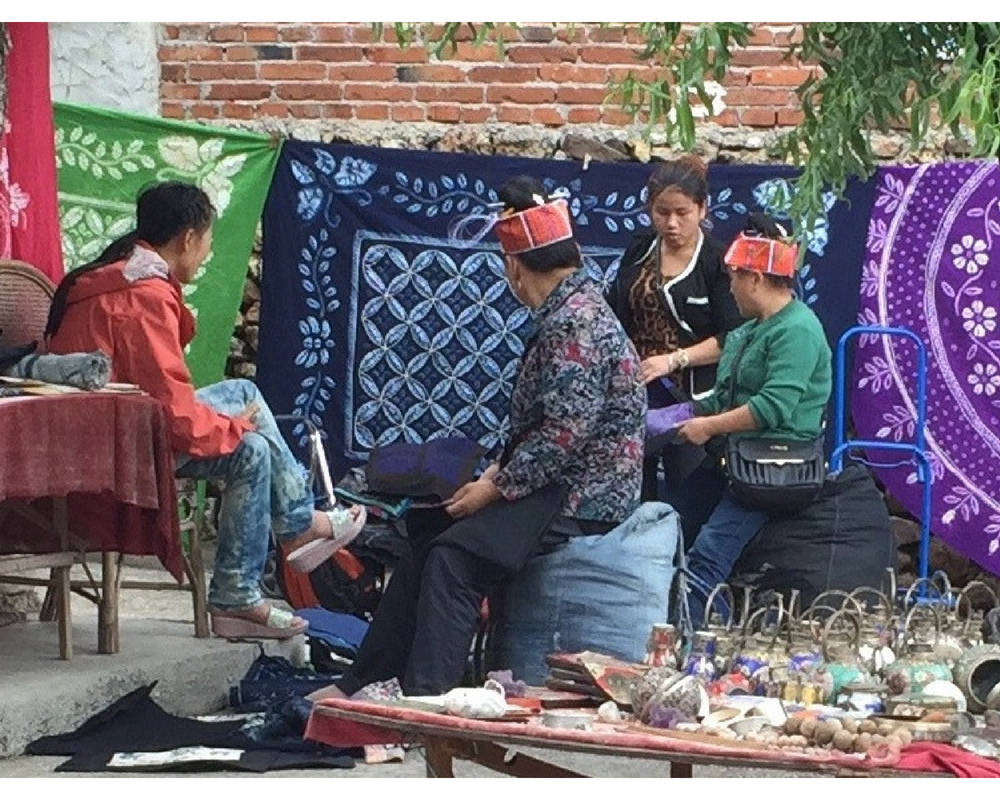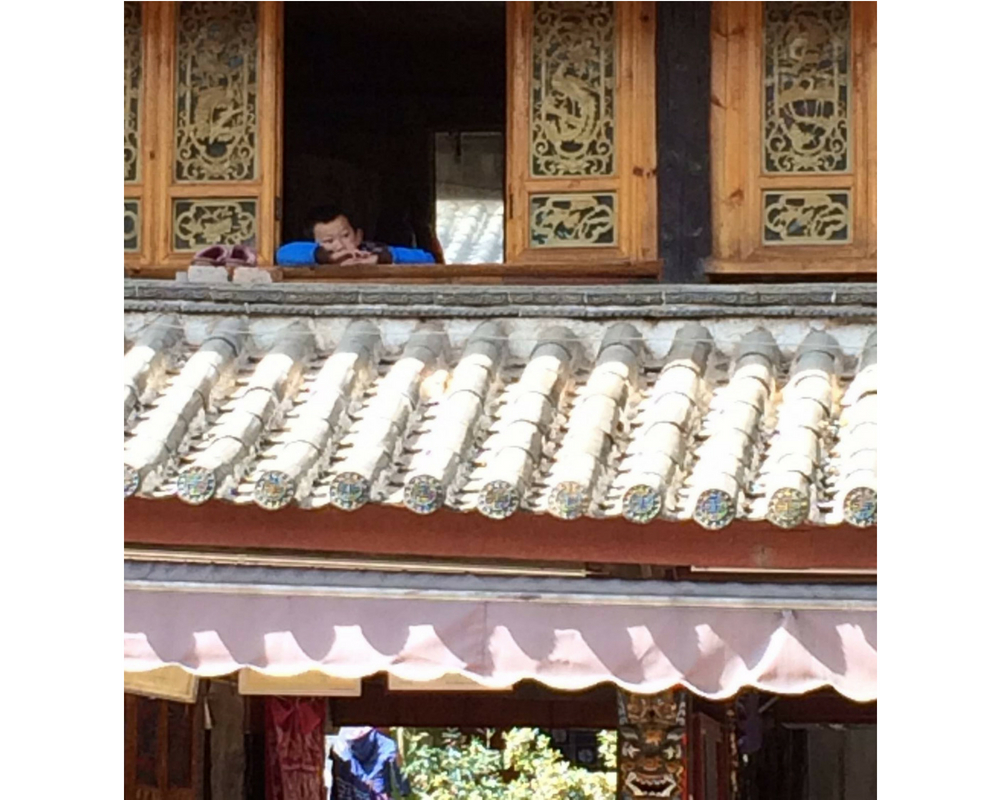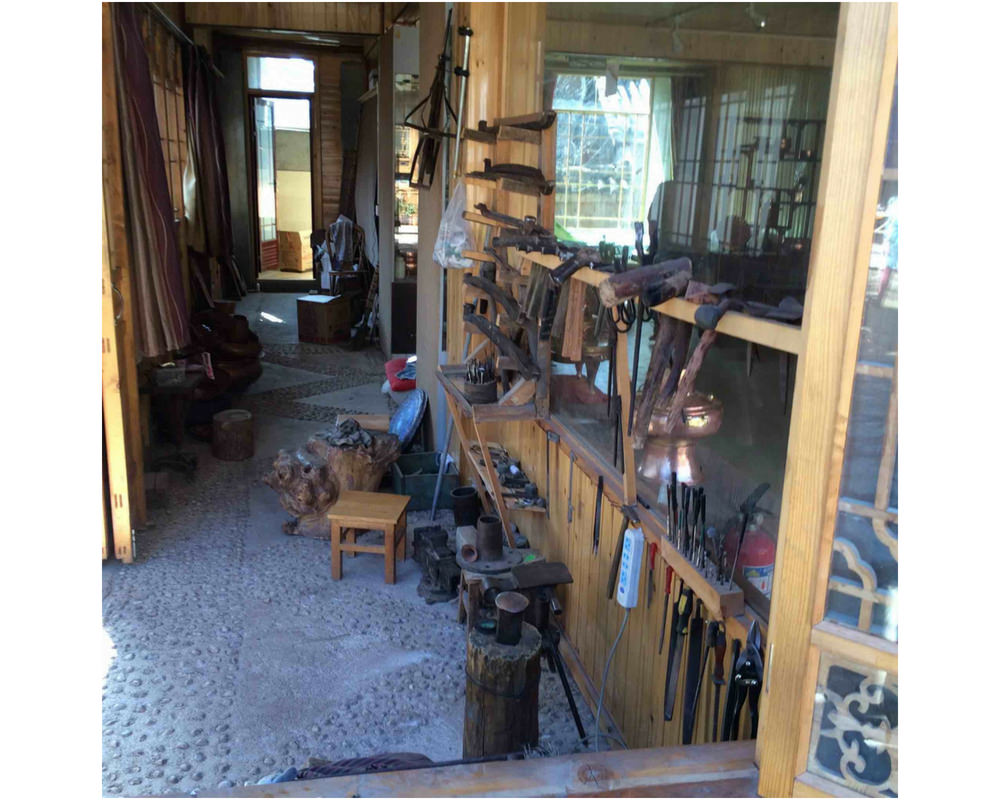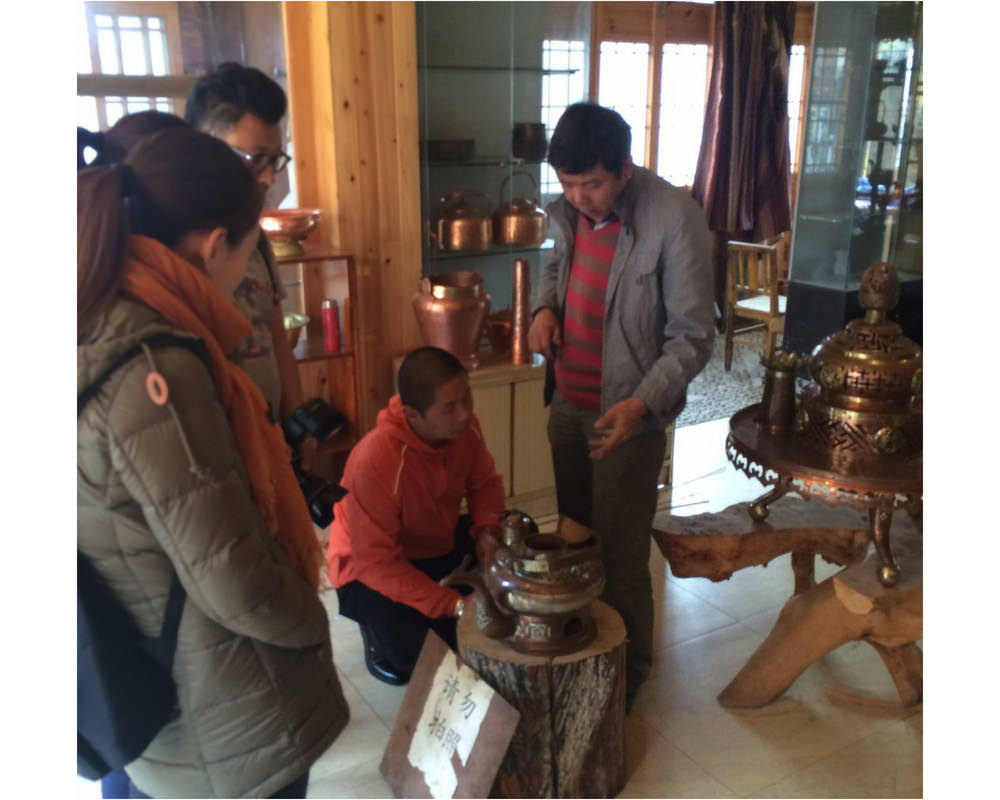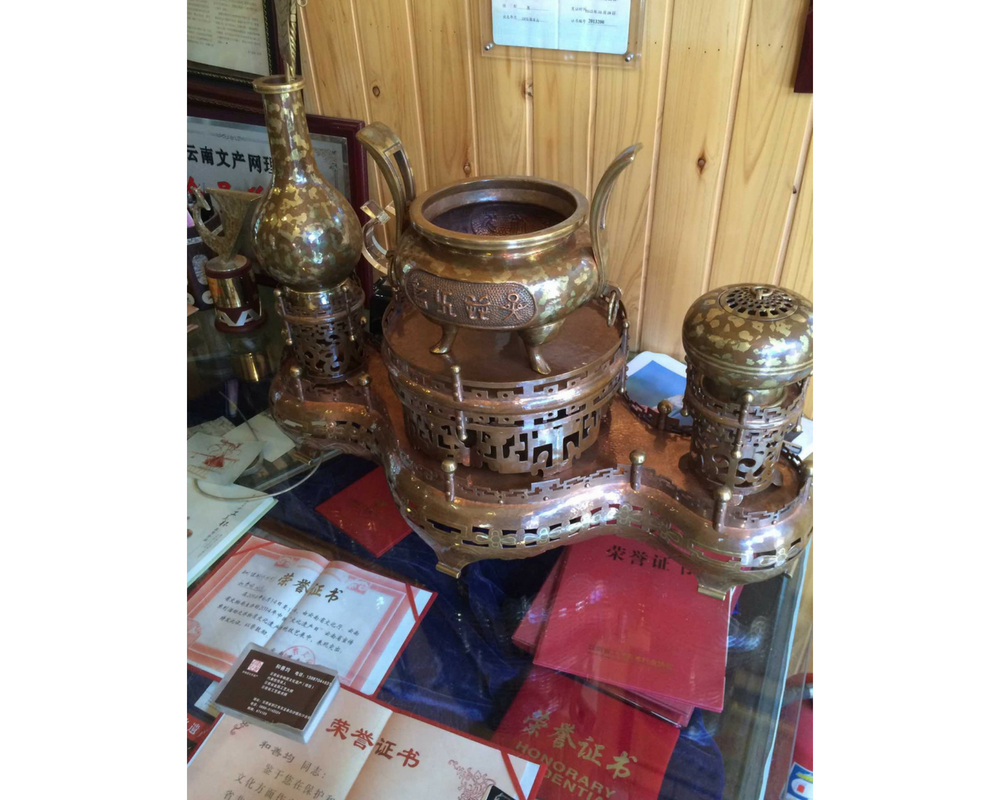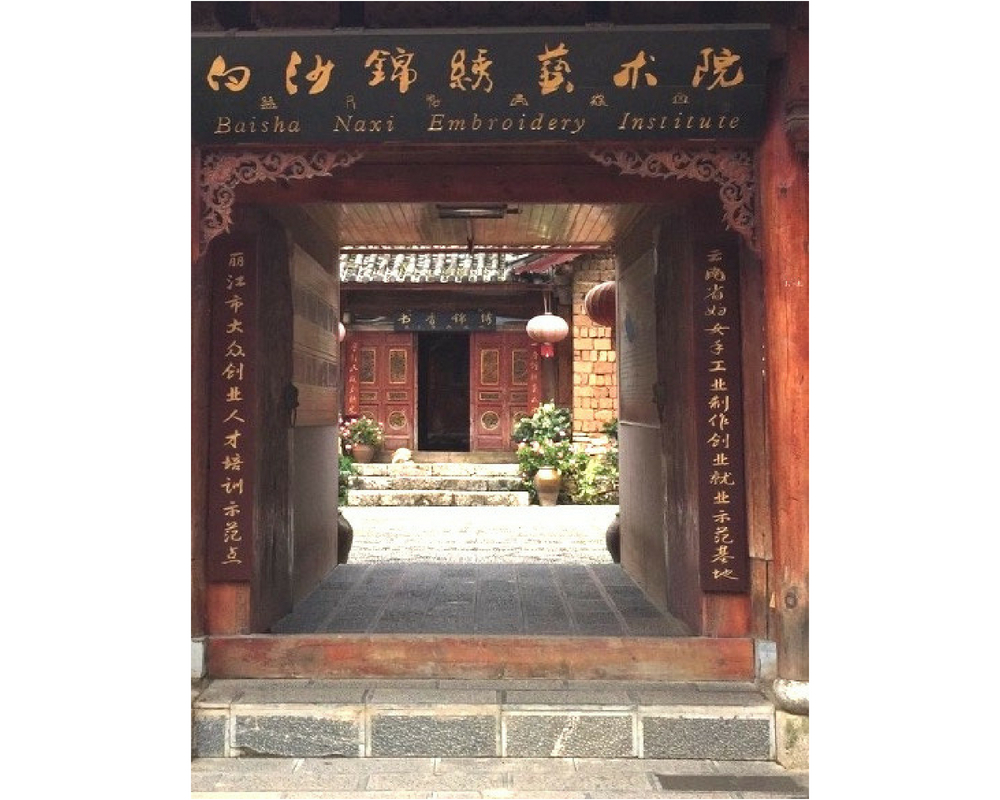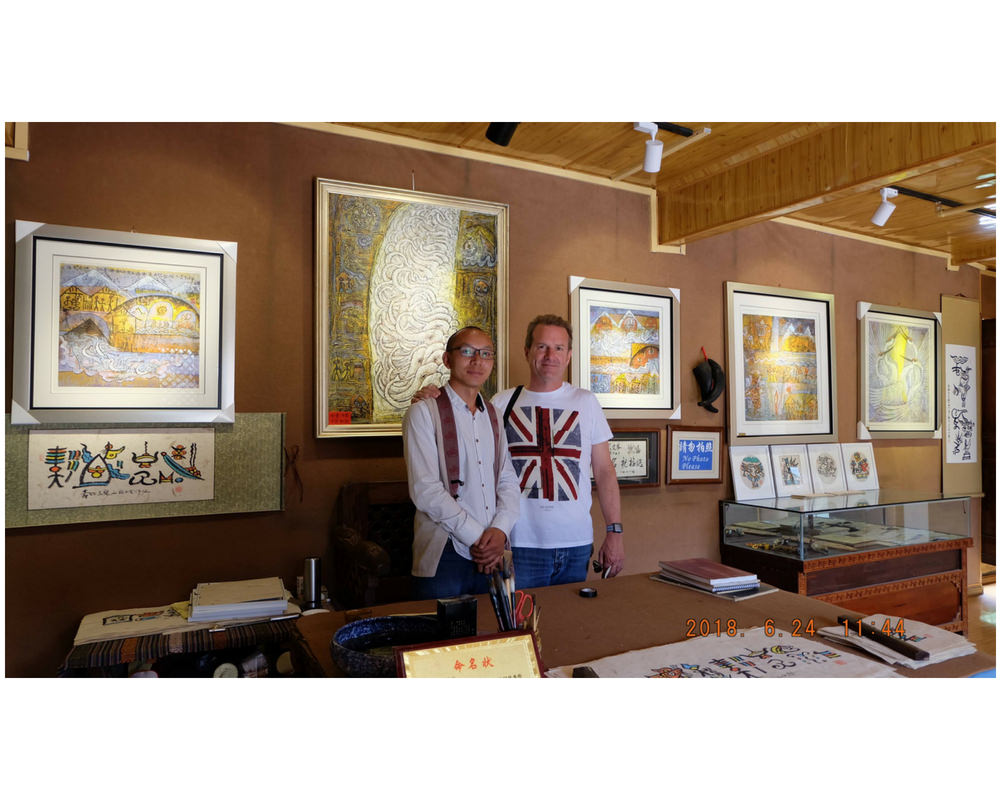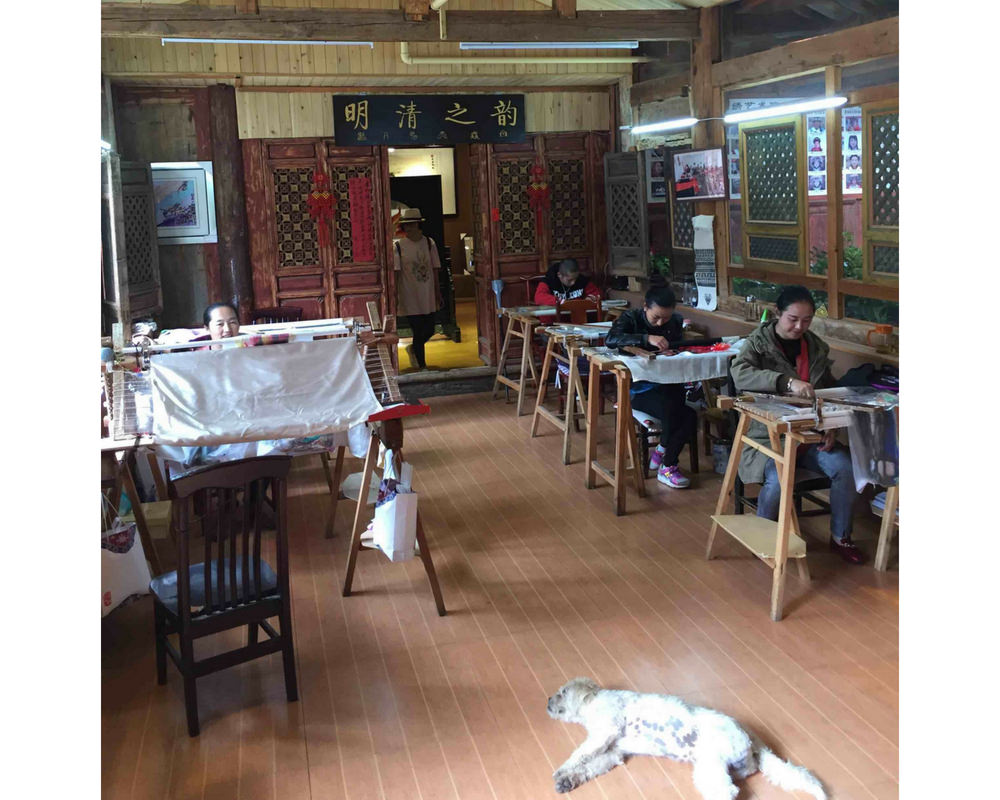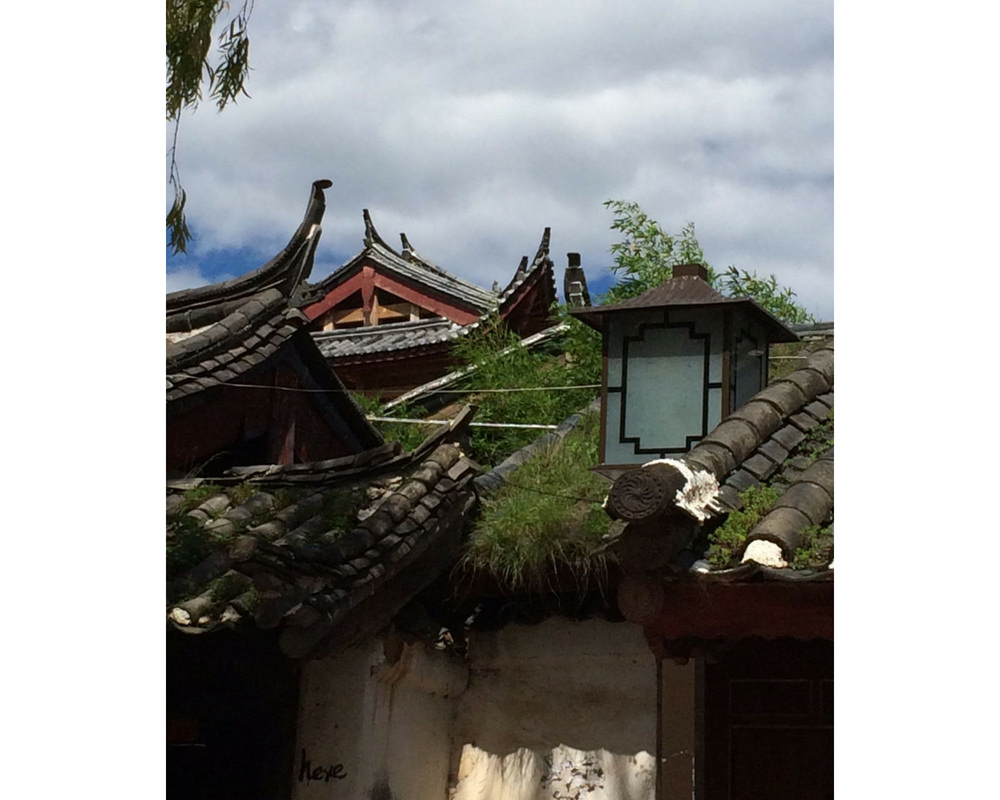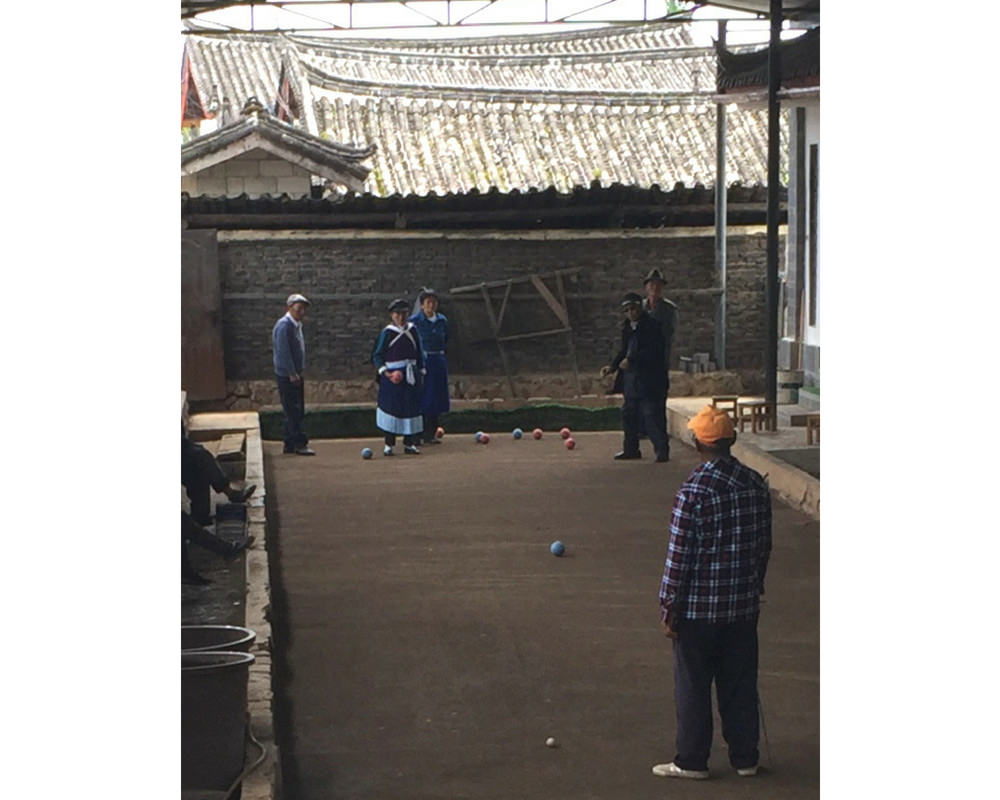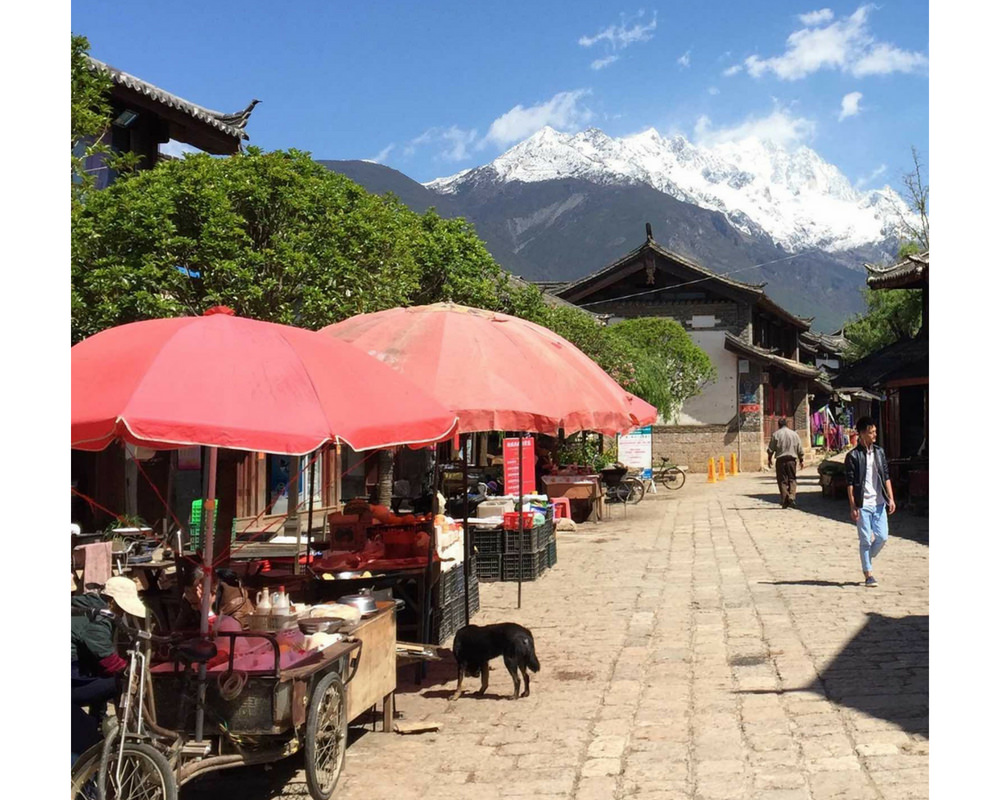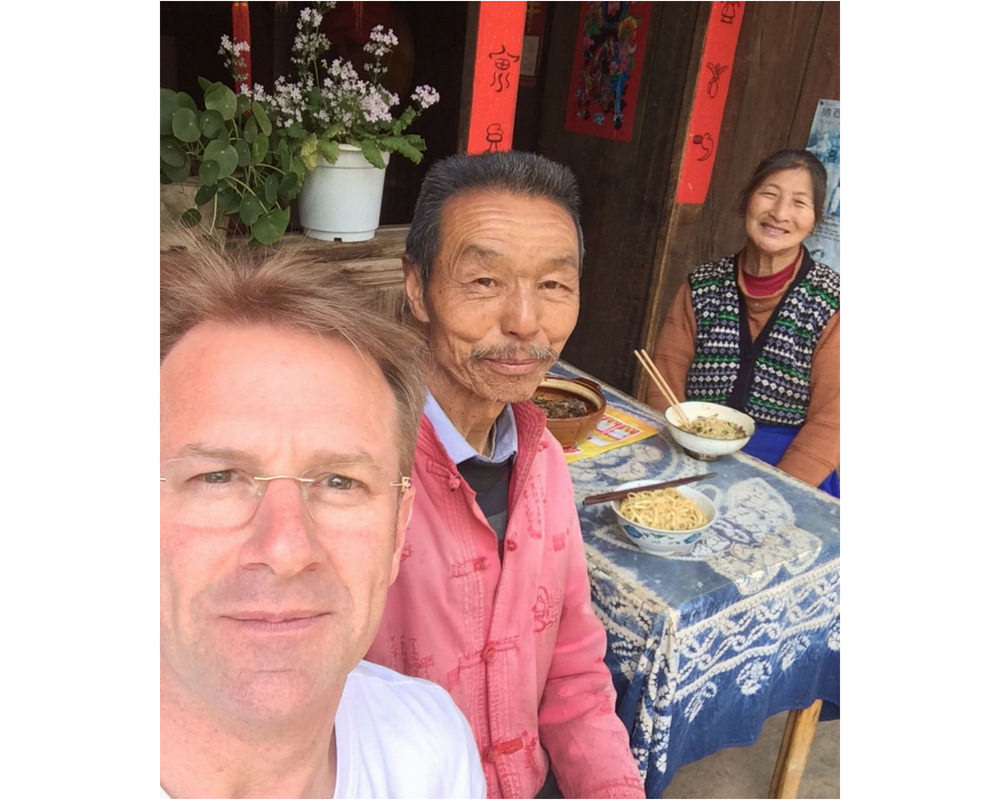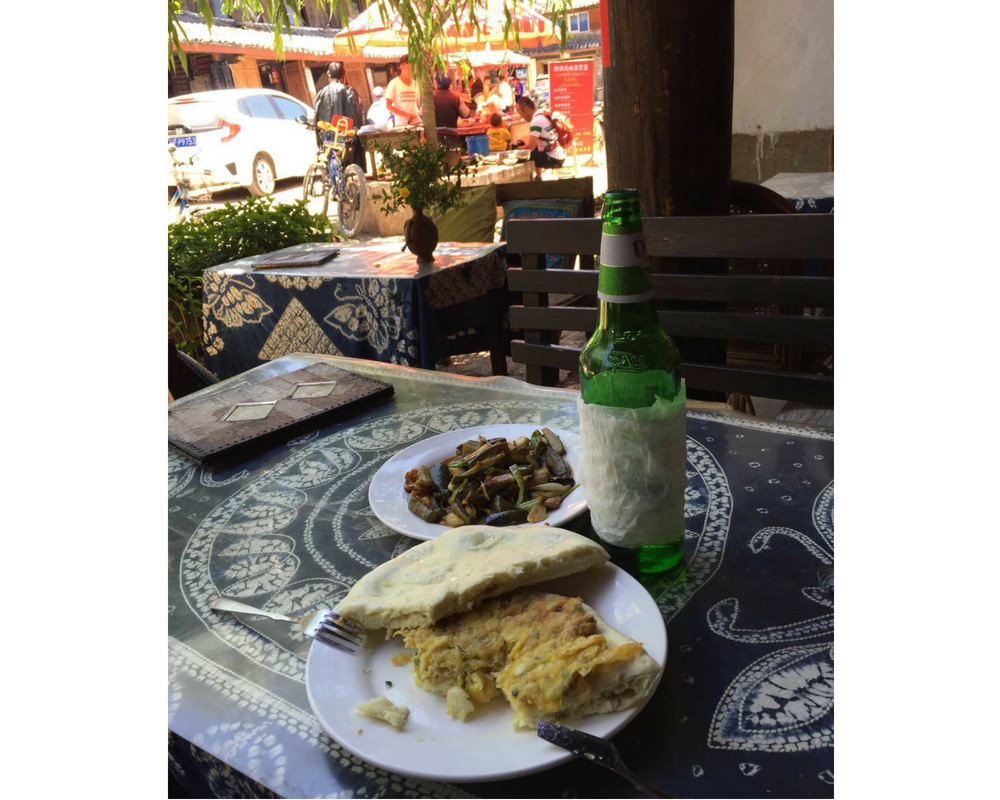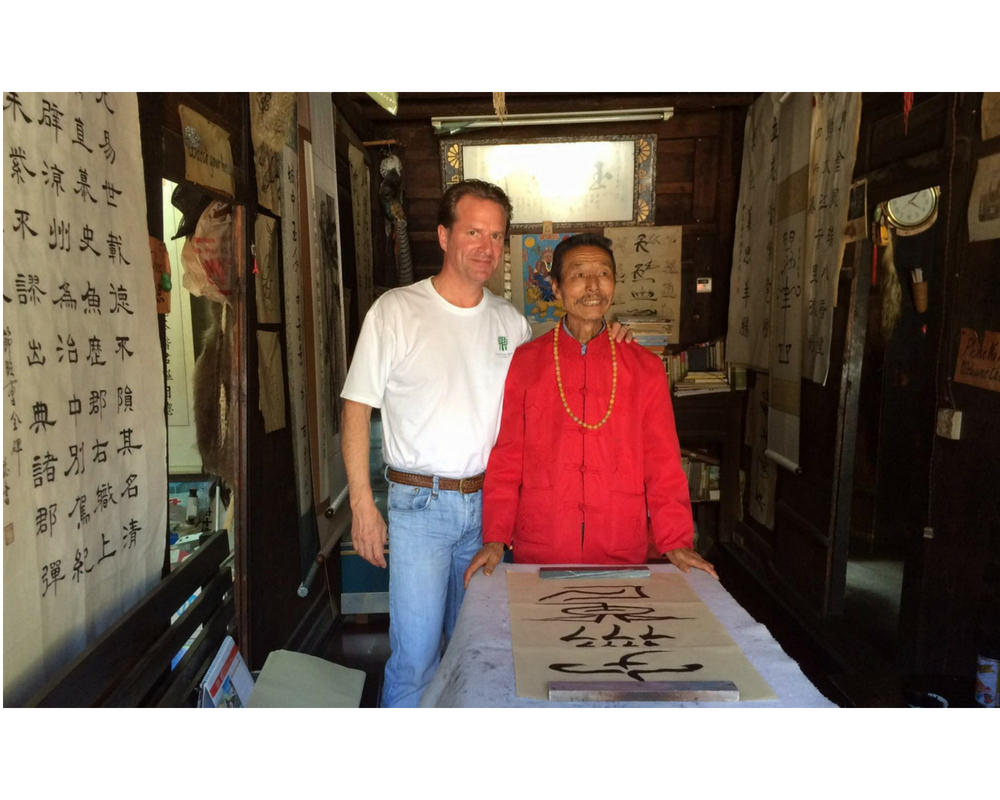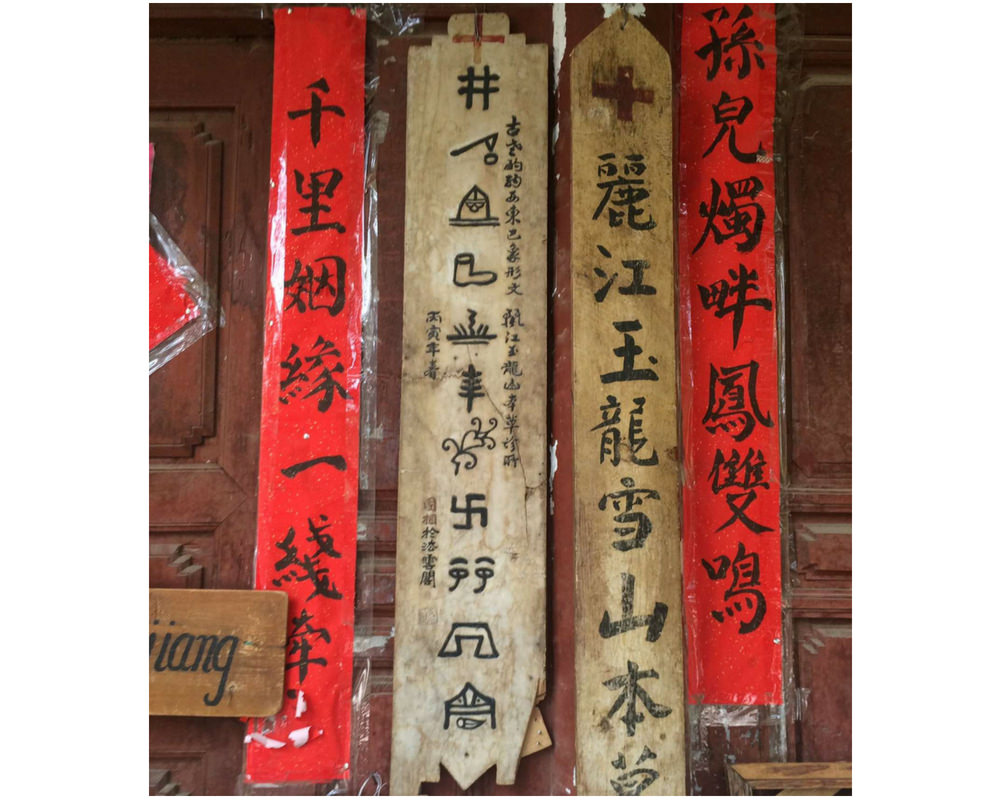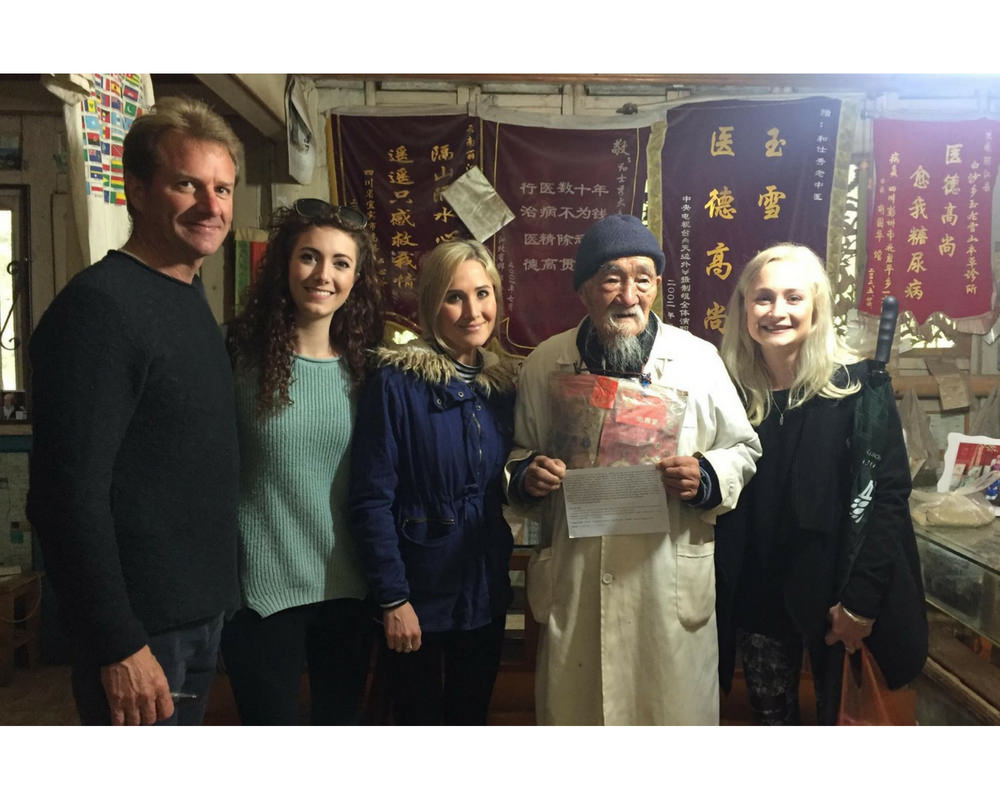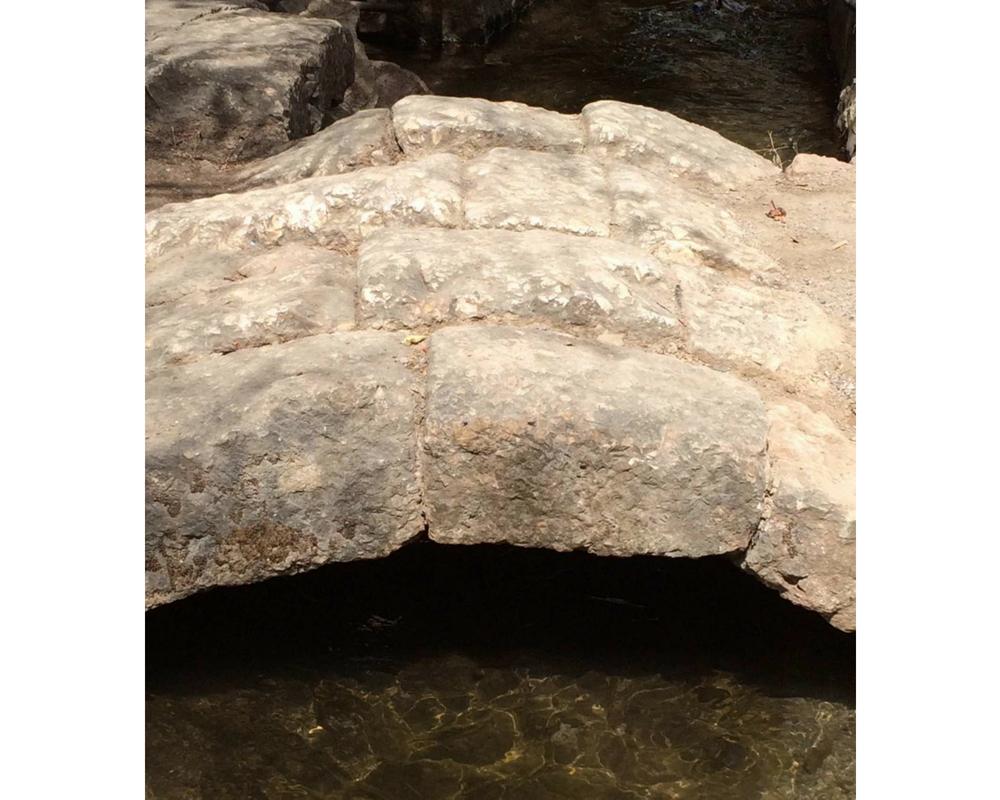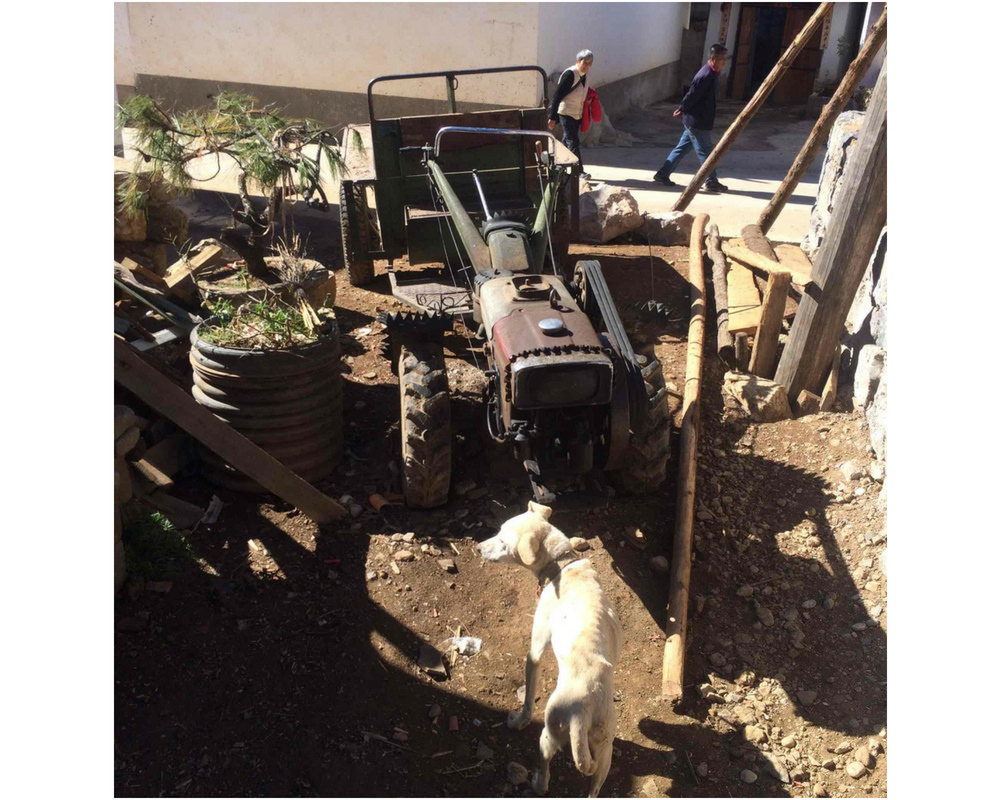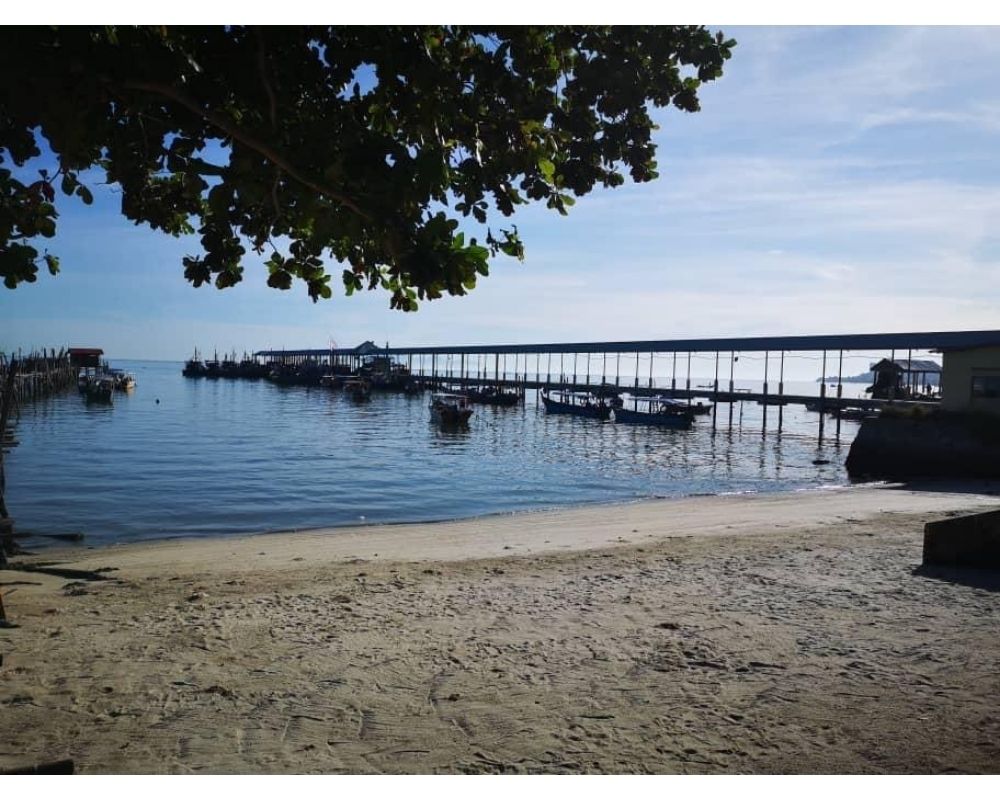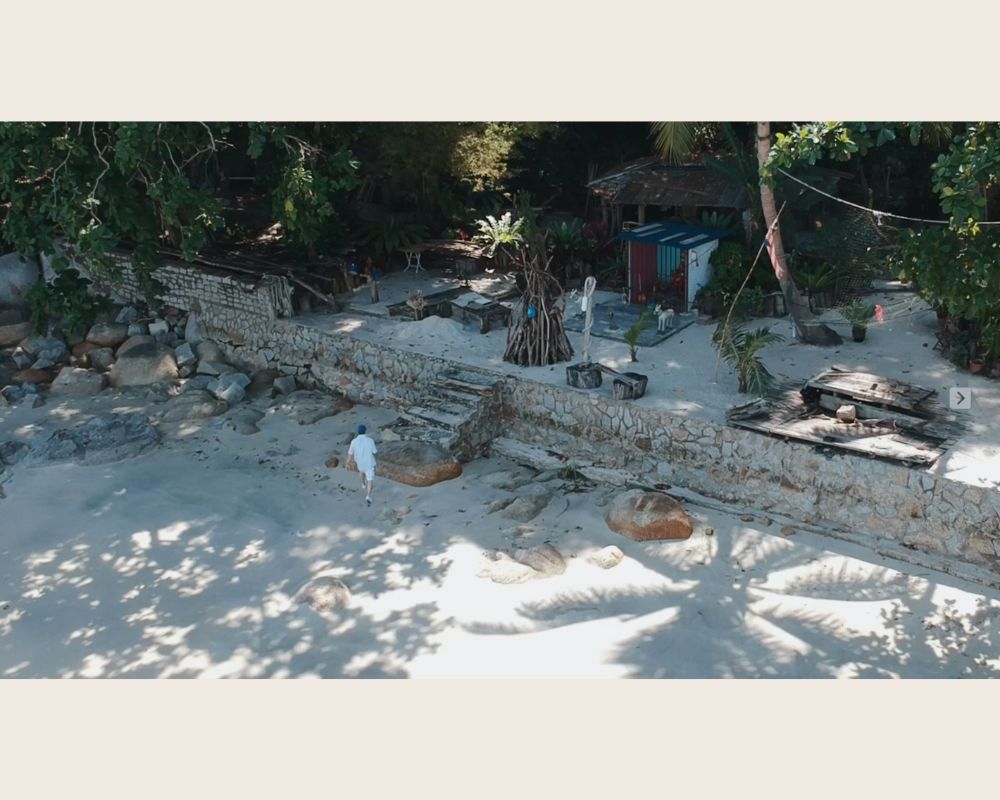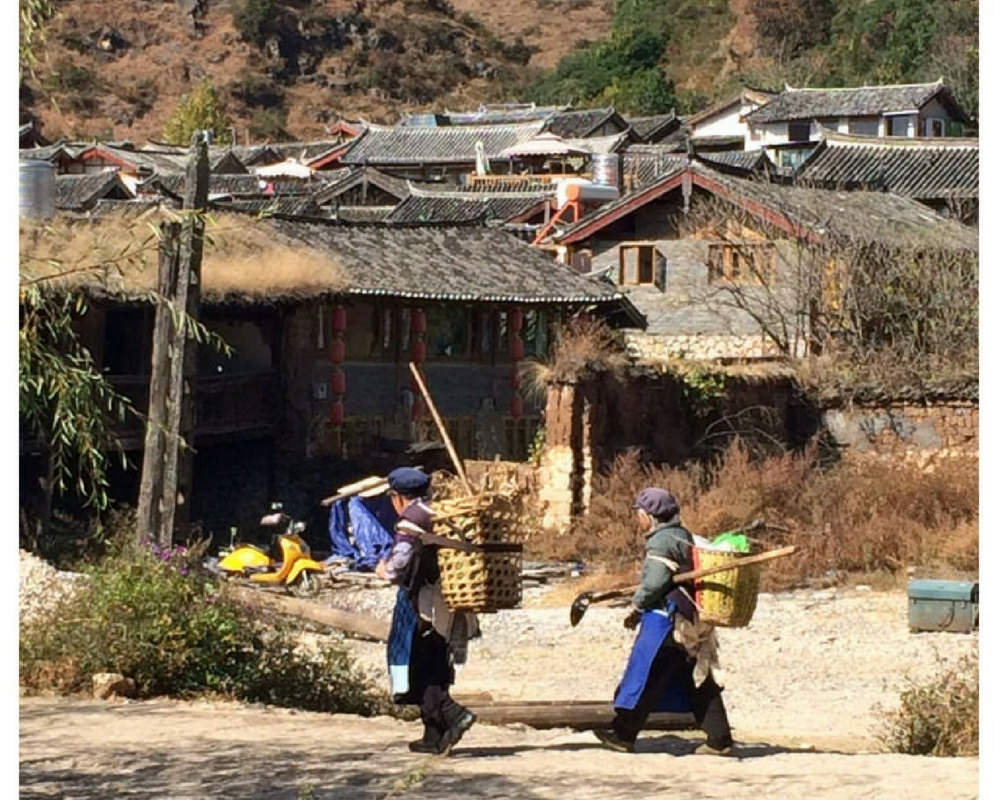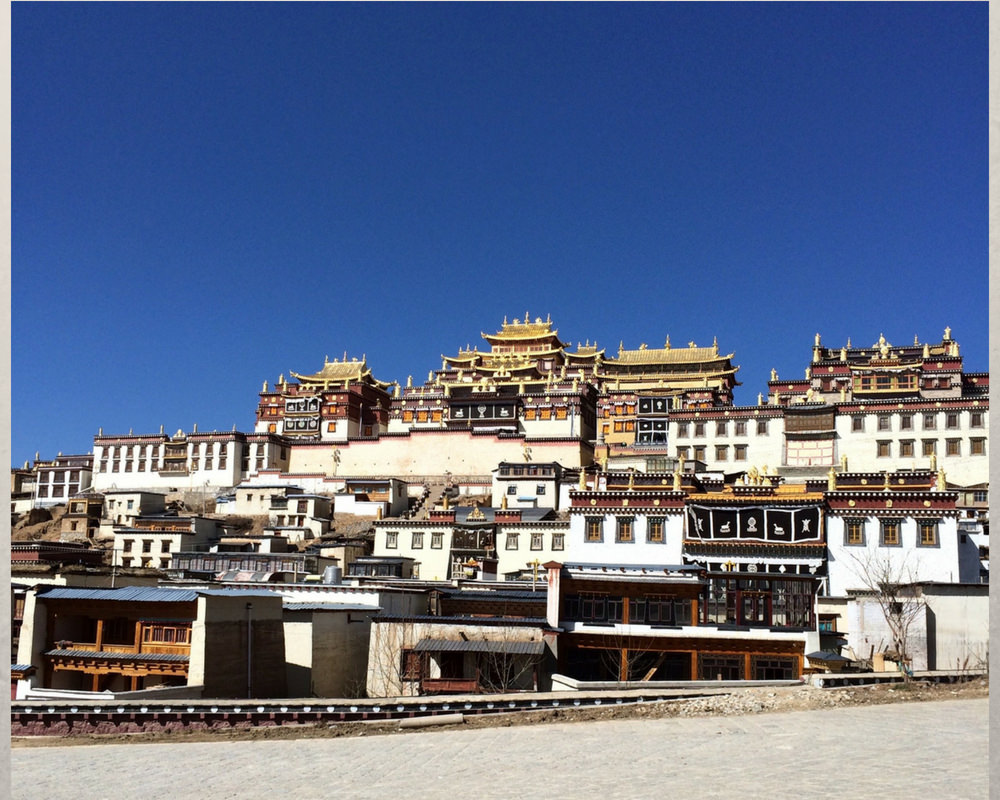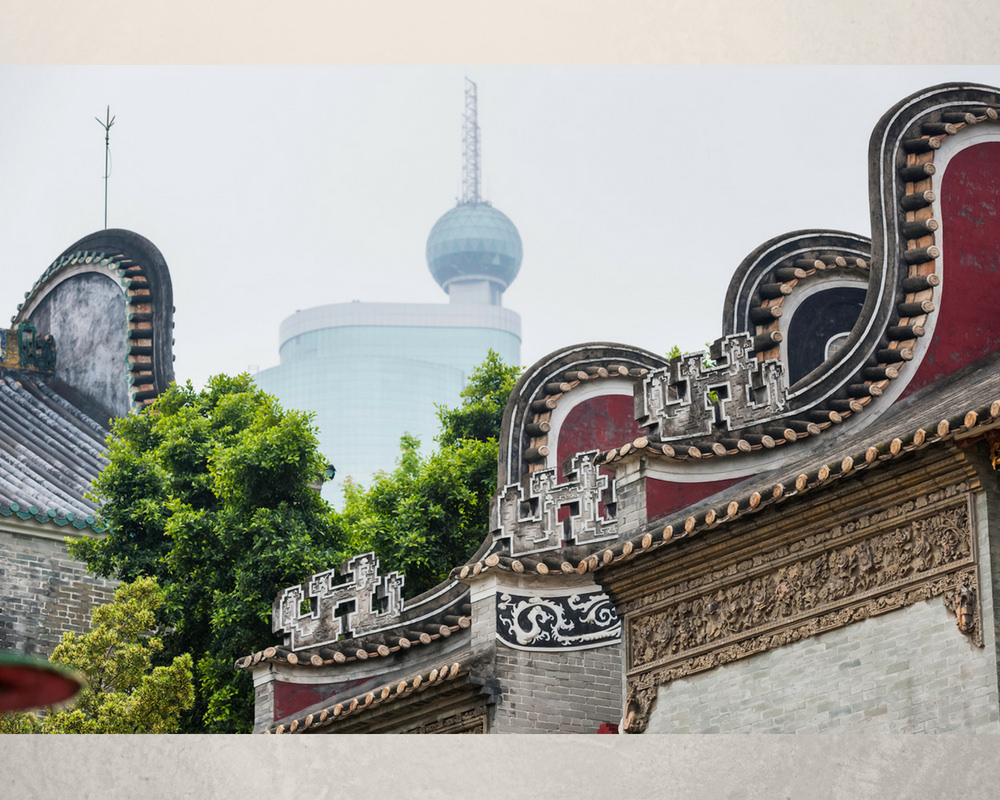Project Description
Baisha Village, where Nakhi tradition lives on
In all the time I spent in China, there are few places I have enjoyed visiting as much as Baisha Village, about 35 minutes out of Lijiang city centre.
There you can still see daily life continuing, almost resisting, when faced with the challenges that mass tourism and unregulated development bring to many such places in modern China. It is a Nakhi village and has existed for more than 6 centuries. The wooden houses are often restored by succeeding generations and though there are a few incongruous concrete structures in the area, the majority of the buildings remain very traditional in form.
The thing I enjoy the most about Baisha, aside from the arts and crafts that can be found there, is the peace and quiet, broken only by the occasional passing car or barking dog and the voices of the old ladies in the market stalls calling each other or sharing daily gossip across the street.
I came to know some interesting and inspiring characters who either live or work in the main street. The He brothers, copper smiths for seven generations, Ricky, the curator of the Baisha Embroidery school and museum and He Shu Long, the son of traditional herbalist Dr He (who sadly passed away recently). But my most favorite character and friend is surely Yang Lao Se, the Nakhi scholar who, at 76 years old, is a custodian of his culture. He became a friend not only to me but to Banyan Tree Lijiang as well. I will write a seperate blog about this amazing man.
I spent many a quiet afternoon sitting on Master Yang’s terrace, enjoying local food made by his wife and sipping a cold local beer.
Sadly I expect that Baisha village will be lost to development in the years to come as the Lijiang government pushes for modernisation and ‘progress’ in the rural areas. Still, I am glad to have seen it when I did.
